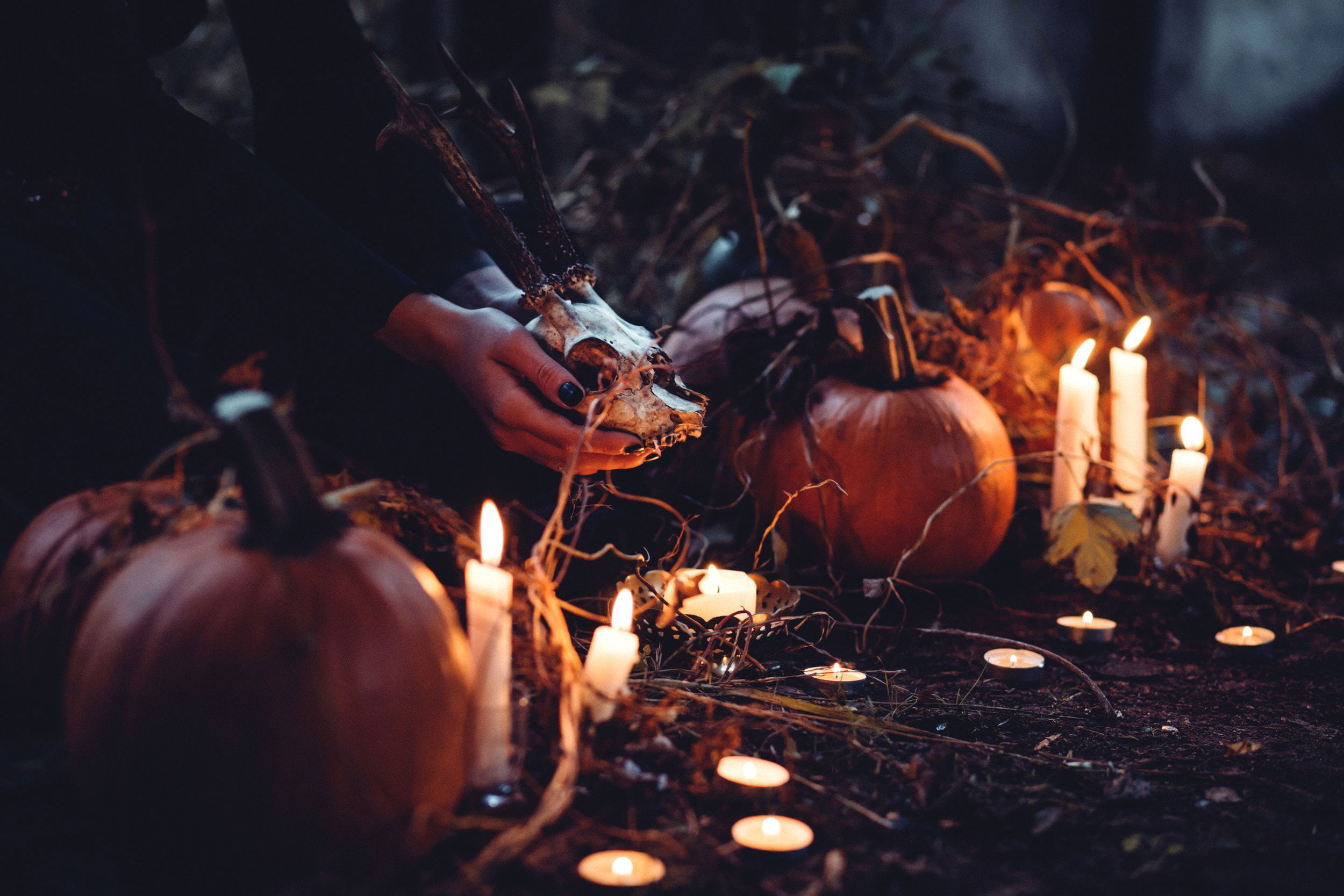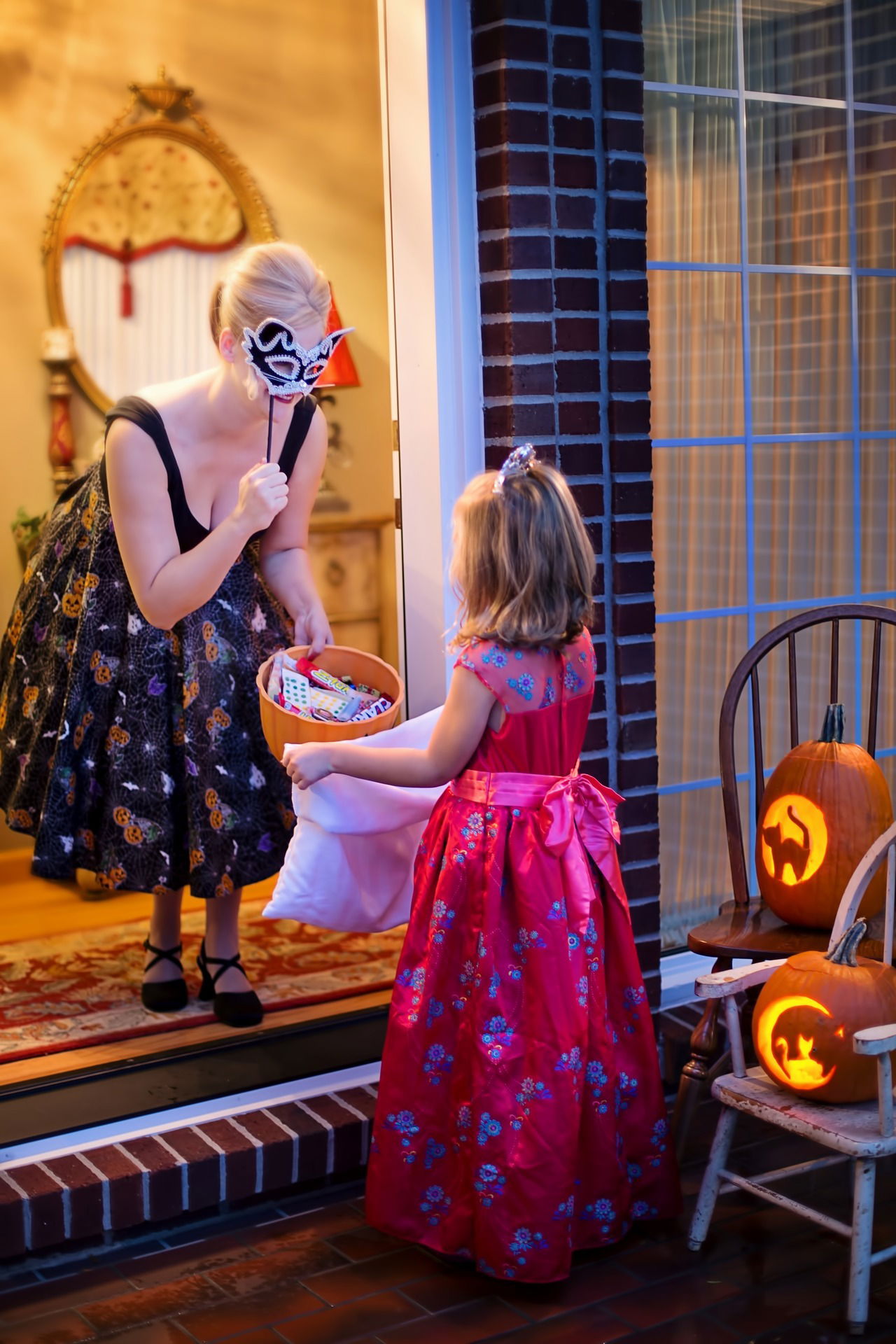The Origins of Samhain
The Origins of Samhain, pronounced "sow-in," is a traditional Gaelic festival that marks the end of the harvest season and the beginning of winter. It is celebrated on October 31st, which is now widely known as Halloween. Samhain has its roots in ancient Celtic paganism and is believed to have originated in Ireland.The word "Samhain" is derived from the Old Irish word "Samhuinn," meaning "summer's end." It is believed that the festival was originally celebrated as a fire festival, symbolizing the transition between the lighter days of summer and the darker days of winter.
The Celts believed that on this night, the boundary between the world of the living and the world of the dead was the thinnest, allowing spirits to pass through and interact with the living.One of the most important aspects of Samhain is the belief that it is a time when the spirits of the dead return to visit their loved ones. It was believed that the souls of the dead would come back to their homes seeking hospitality and food.

To honour these spirits, people would set out offerings of food and drink on their doorsteps or build bonfires to guide them on their journey.During Samhain, the Celts also believed that the veil between the worlds was so thin that otherworldly beings such as fairies, elves, and witches could easily cross over into the mortal realm.
This belief gave rise to many customs and traditions associated with Halloween, such as dressing up in costumes, carving Jack-o'-lanterns, and going door-to-door for treats.
Samhain was not only a time for honouring the dead but also a time for divination and fortune-telling.

People would often gather around bonfires and engage in various rituals to predict the future, such as throwing nuts into the fire and interpreting the way they burned or casting stones or bones and interpreting their patterns.In addition to its spiritual significance, Samhain also had practical purposes.
As the last harvest festival of the year, it was a time for farmers to bring in their final crops and prepare for the long winter ahead. Livestock that couldn't be sustained through the winter were often slaughtered, providing a fresh supply of meat for the colder months.
Over time, the celebration of Samhain evolved and incorporated influences from other cultures and religions. When Christianity spread to Celtic lands, the Catholic Church attempted to suppress pagan festivals like Samhain by replacing them with Christian holidays. In the 9th century, Pope Gregory III designated November 1st as All Saints' Day, a day to honor all saints and martyrs. The night before, October 31st, came to be known as All Hallows' Eve, which eventually became Halloween.Despite attempts to Christianize it, many of the ancient traditions and beliefs associated with Samhain have persisted through the centuries and continue to be celebrated in some form to this day. The concept of the thinning of the veil between the worlds and the belief in supernatural entities crossing over are still embraced by many during Halloween.

In modern times, Halloween has become a secular holiday predominantly focused on costumes, parties, and trick-or-treating. However, some people still incorporate elements of Samhain into their celebrations by honoring the spirits of the dead and engaging in divination and introspection.Whether you celebrate Halloween as a fun-filled holiday or connect with its ancient origins, understanding the origins of Samhain can add depth and meaning to this popular autumn festival. From its humble beginnings as a Gaelic harvest festival to its transformation into a global phenomenon, Samhain remains a time to acknowledge the change of seasons, honor the spirits of the dead, and embrace the mysteries of the supernatural.